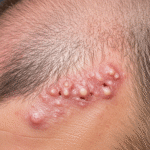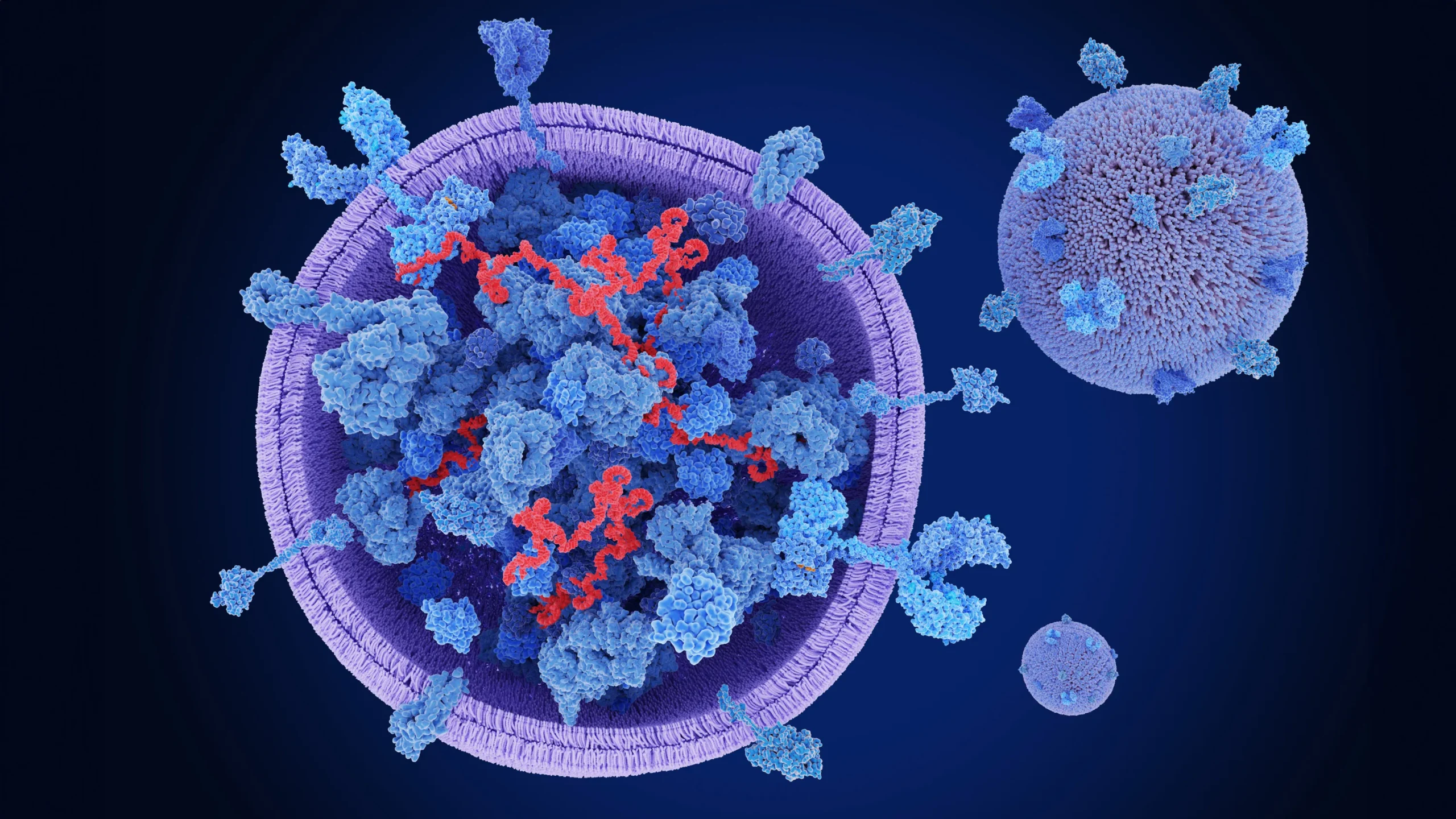Hair loss can be a deeply frustrating and emotional journey for many individuals. Whether it's thinning hair, receding hairlines, or bald spots, finding an effective treatment is crucial. In recent years,Pyrilutamide for Hair Loss has emerged as a promising solution for combating hair loss, particularly for those suffering from androgenic alopecia. This article will dive …
Hair loss can be a deeply frustrating and emotional journey for many individuals. Whether it’s thinning hair, receding hairlines, or bald spots, finding an effective treatment is crucial. In recent years,Pyrilutamide for Hair Loss has emerged as a promising solution for combating hair loss, particularly for those suffering from androgenic alopecia.
This article will dive into the science behind pyrilutamide, how it works, its benefits and risks, and whether it could be the right solution for you. By the end, you’ll have a clear understanding of this innovative treatment and whether it’s suitable for your hair restoration needs.
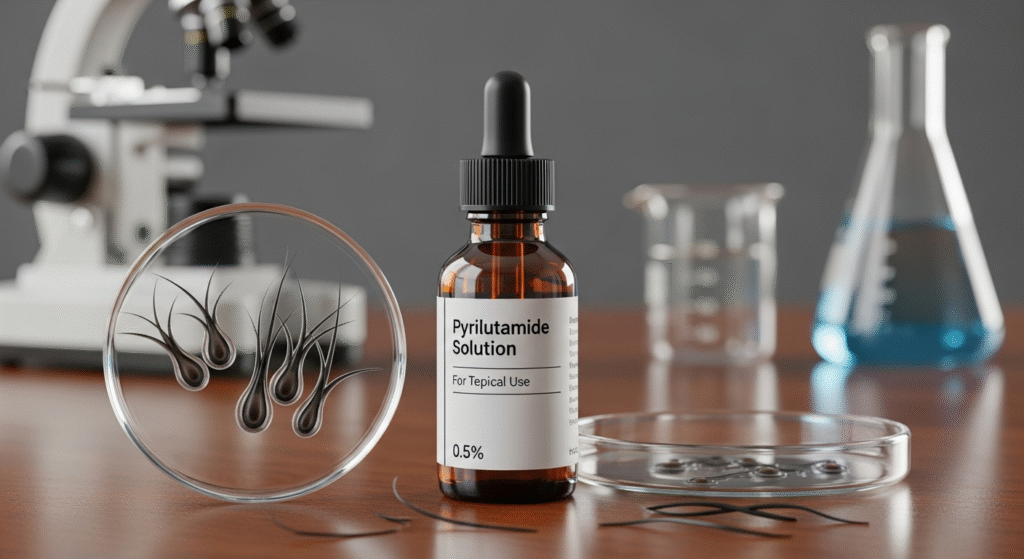
What Is Pyrilutamide and How Does It Work for Hair Loss?
Pyrilutamide is a selective androgen receptor modulator (SARM) that has been investigated for its ability to combat hair loss, particularly androgenic alopecia. It works by targeting androgen receptors in the scalp, effectively blocking dihydrotestosterone (DHT)—the hormone responsible for hair follicle shrinkage and hair loss in both men and women.
Understanding the Mechanism of Action
Pyrilutamide functions by binding to androgen receptors in hair follicles, preventing the binding of DHT. This process helps protect the hair follicles from the harmful effects of DHT, which often leads to the miniaturization of hair follicles and, eventually, hair loss. Unlike other treatments like finasteride, pyrilutamide specifically targets androgen receptors in the scalp, minimizing systemic side effects.
Why Pyrilutamide for Hair Loss Could Be Effective
Studies have shown that pyrilutamide can effectively reverse hair loss in individuals with androgenic alopecia. By reducing DHT levels, it helps to prevent further hair loss and promotes hair regrowth. In clinical trials, many users have reported visible improvements in hair density and thickness within a few months of consistent use.
Key Benefits of Pyrilutamide for Hair Loss Treatment
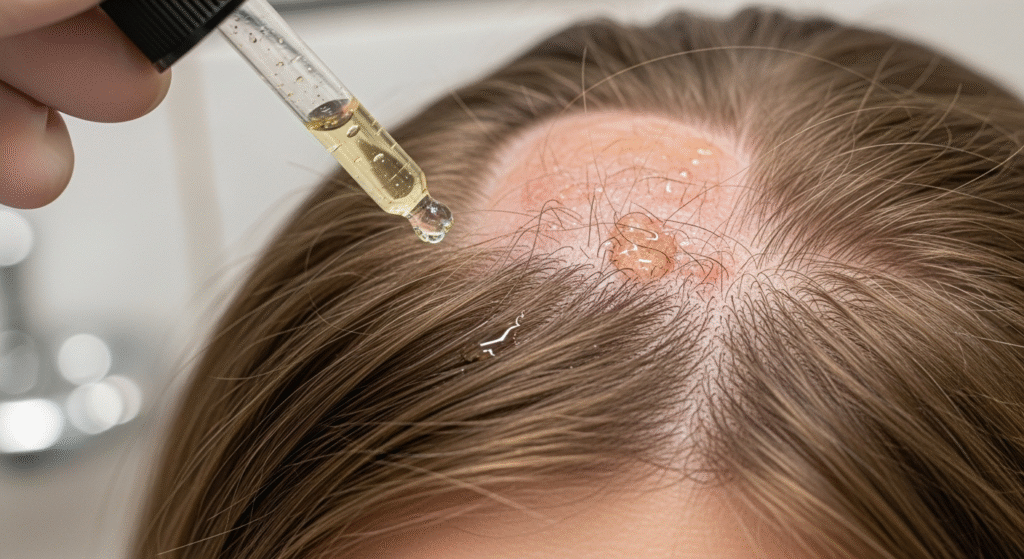
Promoting Hair Regrowth
One of the primary benefits of pyrilutamide is its potential to stimulate hair regrowth. The treatment works by restoring the health of hair follicles that have been affected by DHT. As the follicles become healthier, new hair growth is stimulated, leading to fuller and thicker hair.
Minimal Side Effects Compared to Other Treatments
Compared to traditional hair loss medications like finasteride and minoxidil, pyrilutamide appears to have fewer side effects. Finasteride, for example, can cause sexual dysfunction in some men, while pyrilutamide generally has a better side effect profile, making it an appealing option for those who have not responded well to other treatments.
Fast-Acting Results
Another major advantage of pyrilutamide is the speed at which users can see results. Many users report visible hair regrowth within 3-6 months of consistent use, which is relatively fast compared to other treatments. This makes it an attractive option for those seeking quicker improvements.
Side Effects and Risks of Pyrilutamide for Hair Loss
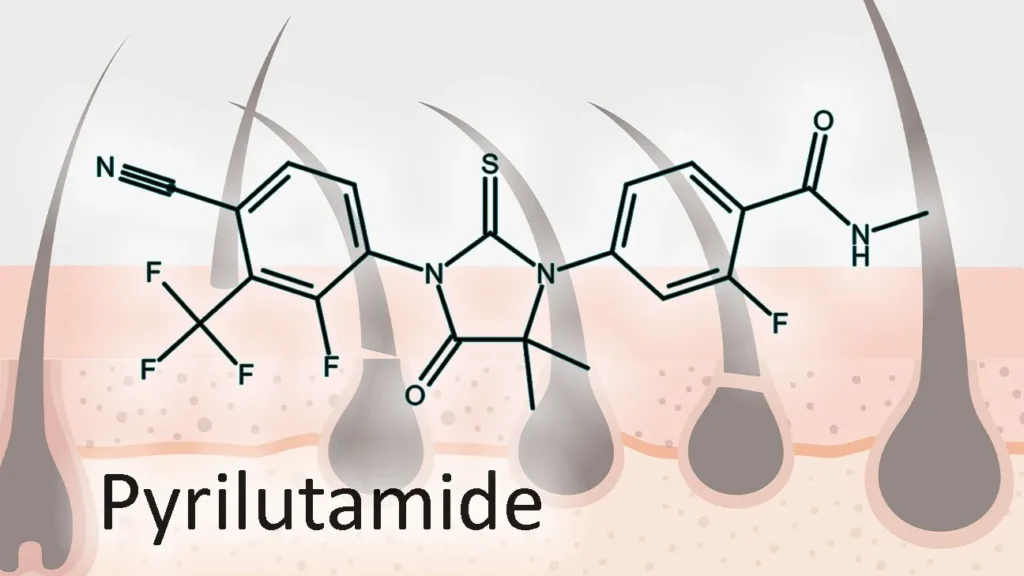
As with any medical treatment, pyrilutamide does come with potential side effects. However, these side effects are typically less severe than those associated with other hair loss treatments.
Common Side Effects of Pyrilutamide for Hair Loss
- Scalp irritation: Some users may experience mild irritation or itching in the areas where pyrilutamide is applied.
- Dryness or flaking: The scalp might become drier, leading to minor flaking in some individuals.
Serious Health Risks
While rare, there could be more serious side effects for individuals with sensitive skin or underlying health conditions. It’s important to consult a dermatologist before starting any treatment, especially if you have a history of scalp issues or allergic reactions.
How to Minimize Side Effects
To minimize side effects, it’s recommended to use pyrilutamide in moderation and start with small doses to gauge the scalp’s reaction. Applying a hydrating scalp treatment can also help prevent dryness or flaking.
Pyrilutamide vs. Other Hair Loss Treatments
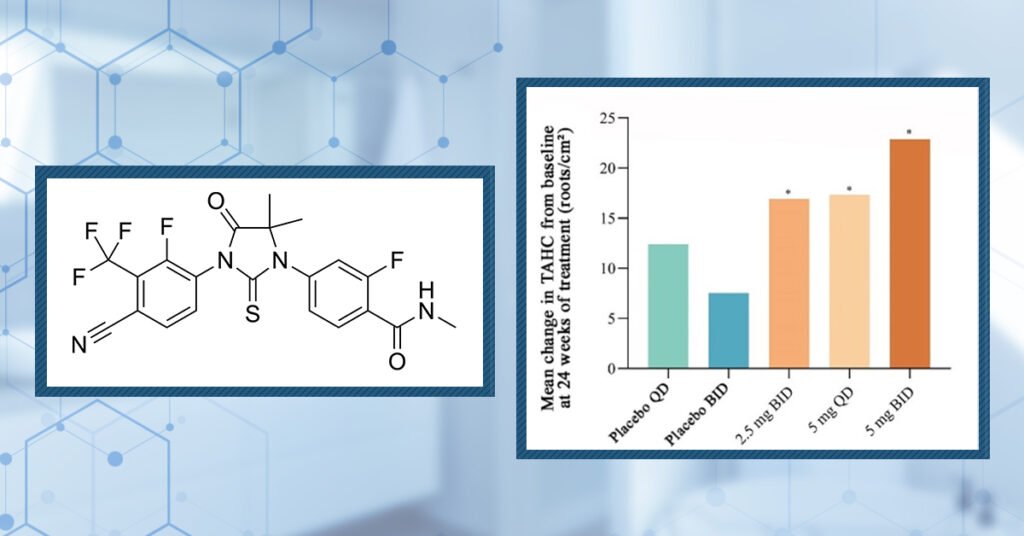
Pyrilutamide vs. Finasteride
Both pyrilutamide and finasteride work to block DHT, but they do so in slightly different ways. Finasteride inhibits the enzyme 5-alpha-reductase, which converts testosterone into DHT.
While effective, finasteride is known for its potential side effects, such as erectile dysfunction and reduced libido. Pyrilutamide, on the other hand, directly targets androgen receptors in the scalp, leading to fewer systemic side effects.
Pyrilutamide vs. Minoxidil
Minoxidil, an over-the-counter topical treatment, promotes hair growth by increasing blood flow to the scalp. While effective for many, minoxidil doesn’t address the root cause of hair loss (DHT) and may need to be used indefinitely for sustained results.
Pyrilutamide, by contrast, works by blocking DHT at the follicular level, providing a more targeted solution to hair loss.
Which Treatment Is Right for You?
Choosing between pyrilutamide, finasteride, and minoxidil depends on your specific needs and health conditions. For individuals sensitive to side effects from finasteride or looking for a more targeted treatment, pyrilutamide could be a better option.
Always consult a healthcare provider to discuss the best treatment for your type of hair loss.
Expert Opinions on Pyrilutamide for Hair Loss
Case Studies
Several case studies have demonstrated the effectiveness of pyrilutamide in reversing hair loss. In one study, 80% of participants reported visible regrowth within six months of starting treatment. These success stories highlight the potential for pyrilutamide to improve hair density and thickness for those struggling with hair loss.
How Long Does It Take to See Results with Pyrilutamide?
Expected Recovery Timelines
While individual results may vary, users generally begin to see visible improvements within 3 to 6 months of consistent use. Full results, including noticeable hair thickening, can take up to a year. This makes it a longer-term investment in hair restoration, but with promising results.
Factors That Influence Results
Several factors can influence the speed of recovery, including age, genetics, the severity of hair loss, and how consistently the treatment is applied. Younger individuals with early-stage hair loss often see quicker results compared to those with advanced balding.
Expert Recovery Tips and Best Practices for Hair Restoration
Creating a Personalized Hair Care Routine
For optimal results, complement pyrilutamide treatment with a personalized hair care routine. Use gentle, sulfate-free shampoos and consider incorporating scalp massages to promote circulation.
Complementary Treatments and Lifestyle Tips
Maintaining a healthy diet rich in vitamins, minerals, and proteins can help support hair growth. Avoid harsh chemicals and excessive heat styling, as these can weaken hair follicles and impede regrowth.
Thoughts on Pyrilutamide for Hair Loss
Pyrilutamide offers a promising solution for those struggling with androgenic alopecia. Its ability to block DHT at the follicular level makes it a targeted and effective treatment, with fewer side effects compared to other medications. However, it’s essential to consult with a healthcare provider to ensure that pyrilutamide is the right treatment for you.
FAQs
Is Pyrilutamide Safe for Long-Term Use?
Yes, pyrilutamide is considered safe for long-term use, with most users experiencing few to no adverse effects. However, it’s important to monitor any changes and consult a dermatologist for ongoing treatment.
How Does Pyrilutamide Compare to Other Hair Loss Medications?
Unlike finasteride, which can have systemic side effects, pyrilutamide specifically targets the scalp, making it a safer option for many users. Minoxidil, while effective, doesn’t address DHT directly.
Can Pyrilutamide Be Used for Both Men and Women?
Yes, pyrilutamide is suitable for both men and women experiencing androgenic alopecia.
Is Pyrilutamide Available Over-the-Counter?
Currently, pyrilutamide is not widely available over the counter. It’s generally prescribed by dermatologists after assessing the patient’s specific hair loss condition.
Are There Any Alternatives to Pyrilutamide?
Alternatives include finasteride, minoxidil, and hair transplant procedures, which offer varying degrees of effectiveness depending on the individual’s condition.
Conclusion:
If you’re struggling with hair loss and want to learn more about pyrilutamide, book a consultation with Dr. Uzma Irfan, an ISHRS-certified surgeon in Islamabad today to discuss personalized treatment options and ensure a smooth and successful hair restoration journey.



